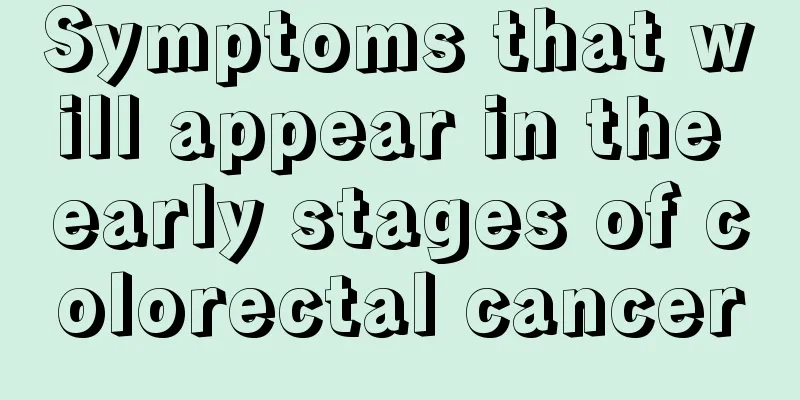Various treatment methods and principles of gallbladder cancer

|
Gallbladder cancer has become one of the major diseases that endanger people. Its early and late treatment principles and treatment methods are different. Generally, patients can only be cured if the lesions are localized and sufficient for surgical removal. Next, we will analyze what treatments are there for gallbladder cancer? The goal of diagnosis is to determine whether the cancer can be completely removed, which is unlikely because the cancer has usually spread to local areas early in the course of the disease. Chemotherapy and radiation therapy that are more effective than those currently used are being studied, and these treatments are occasionally useful in relieving symptoms associated with the cancer. Although the prognosis for people with advanced gallbladder cancer is poor, steps can be taken to maintain the patient's quality of life. 1. Surgical procedures Surgery is the only potentially curative treatment, and if the cancer has not spread far away, it can remove the gallbladder, draining lymph nodes, and a margin of normal liver tissue underneath. This may cure the patient and can help relieve symptoms and improve quality of life. If you undergo cholecystectomy without considering cancer, and gallbladder cancer is unexpectedly found in the postoperative pathological specimen, you may need to undergo another surgery. If the tumor is confined to the superficial layer of the gallbladder, it can be observed appropriately, but if the tumor has spread to surrounding tissues, lymph nodes, or blood vessels, another surgery may be performed to remove these other tissues. When the tumor cannot be completely removed, it may still be necessary to establish a bile drainage system from the obstructed gallbladder or bile duct. This may require surgery, although drainage of the gallbladder by percutaneous catheterization or by catheterization of the stomach and small intestine is usually sufficient. Also, finding the tumor anywhere in the body—for example, in the lungs, bones, or lymph nodes—clearly indicates that surgery is not curative. Rarely, removal of the gallbladder is necessary if the disease has spread. This surgery can be difficult to recover from and may be more invasive to the patient. (II) Chemotherapy Most studies have shown that chemotherapy still does not prolong the survival of patients with gallbladder cancer. The drugs used in the standard treatment are 5-fluorouracil and mitomycin, which can cause tumor shrinkage in 20%-25% of patients. However, as the tumor shrinks, the patient may be in a worse condition later because the tumor often grows back quickly and there are some side effects of treatment. The role of adjuvant chemotherapy after cancerous gallbladder removal has not been proven, but it is logical to consider chemotherapy. If chemotherapy is planned, patients should consider clinical trial treatment in the hope of discovering drugs that work better than currently used chemotherapy drugs. (III) Radiotherapy The effectiveness of radiation therapy for gallbladder cancer is limited by the damage it causes to surrounding noncancerous liver tissue. Radiation therapy may be helpful for patients who have a small piece of tumor remaining after surgery or who have had most of the tumor removed. For patients who are not candidates for surgery, radiation therapy to the gallbladder region may be beneficial, although recurrence of the tumor is more likely. Toxicity of this type of radiation therapy may also be worse due to symptoms such as nausea and loss of appetite. 4. Combination therapy External-beam radiation therapy combined with chemotherapy after surgery may help, perhaps delaying the time before the cancer returns or even curing the disease in people whose tumors were not completely removed by surgery. This treatment is still under study. The above are the treatment methods for gallbladder cancer. I hope it can be helpful to everyone. If you have any other needs, you can also consult our online consulting experts of Feihua Health Network. We are always here to answer your questions. Feihua Health Network is always by your side and cares about your health problems! Feihua Health Network wishes you good health! Gallbladder cancer http://www..com.cn/zhongliu/dna/ |
<<: Explain the dos and don'ts of eating for gallbladder cancer
>>: What are the factors that cause rectal cancer
Recommend
Three points to note when doing buried suture double eyelid surgery: none of them can be ignored
Some people think that eyeliner removal is just a...
Can moldy rice be eaten
Rice is one of the common staple foods. It contai...
How to make your own breast milk soap
Soap is something that many people use when takin...
How to remove the smell of oil smoke from clothes
People who often cook in the kitchen or have just...
What are the symptoms of apical periodontitis?
Teeth are very important chewing tools. Without t...
How to identify the authenticity of beeswax
Beeswax is a type of amber and is the most fashio...
Can glottic laryngeal cancer be cured?
Can glottic laryngeal cancer be cured? 1. Whether...
Is the fever-reducing patch useful? The effect is so good
Generally speaking, if the baby's fever does ...
Vitamin B6 removes closed comedones
In life, everyone is likely to get injured on the...
How many days can wolfberry be soaked in water?
Lycium barbarum is not only a common Chinese medi...
What is the mechanism of neurohumoral immune regulation?
For most people, humoral immunity is a very unfam...
In what aspects do parents influence their children?
Parents are the first teachers in their children&...
Can children's cough and phlegm patches be taken orally? What is the main method of use?
For most parents, feeding children medicine is th...
How to use saline solution to clean double eyelids
Everyone wants to have a pair of beautiful big ey...
Does an eyelash curler harm eyelashes?
An eyelash curler is used to curl eyelashes, maki...









